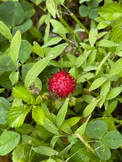
Wiki kindly supplied me with a link documenting this plant as far back as the Mesolithic period (LINK) and beyond (and also, incidentally documents it to the British Isles for me). This is listed in Peterson’s Field Guide to Medicinal Plants and Herbs and the entry confirms that in addition to leaves and fruit, the roots are useful as well (p52). One of the uses includes the root being used as a chewing stick (toothbrush), which is something I find fascinating and plan to look into further. A tea of the plant can also be used as an external wash for sunburn.
At this point, I want to be clear that the point of this journal is not to collect information on modern usage for plants. This project is directly related to the SCA and, more specifically, to a Forester persona I am developing. Beyond that, I do not consider myself an expert and it is not, in my opinion, relevant to discuss modern medical usage to any great extent within the context of the SCA (in fact, this is wisely even forbidden at some events). So while I am reading all of that information as I work through the weeds in my yard, I am only noting modern things that I find particularly interesting and will be focusing largely on historic uses that are applicable to my persona’s life.
I did not realize until today that there are two variants of this plant, the common strawberry and the wood strawberry. The one that covers my yard is wood strawberry, based on the large central leaf tooth as described by the US Forest Service (LINK).
There is a warning in the Lesley Bremness’s book, Herbs, notes that that leaves must first be dried before being brewed into a tea to avoid toxins, but I have not seen this elsewhere (p172). If I were to save this plant for future use, it would be dried anyways, but I would still do further looking into this caution were I to do so.
Now regarding period usage, Hildegard noted that they grow too close to the ground and are not good for healthy or sick persons and that both the herb and fruit bring on mucus (p147). Would someone living in an area where this amply grows have stopped using this useful, tasty and nutritious food source? I think not given that it appears to have been known in the Tudor period as a delightful dessert. (LINK) Further, the Old English Herbarium lists the fruit as having laxative properties and an infusion of the leaves being a remedy for dysentery, which is a rather interesting paradox (p156).
Persona Summary:
- This plant was likely known to a 14th Century Forester in England
- The understood properties in period might have been something that person had come across
- Plausible foraged food source, could be gathered for cooking or just to eat as one comes across them
- Consume on sight (ongoing while they last)
- Dig up a root to see how it can function as a 'chewing stick'
List of Resources can be found HERE
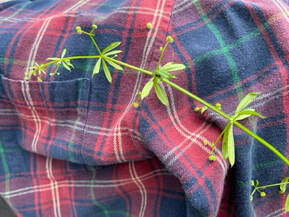
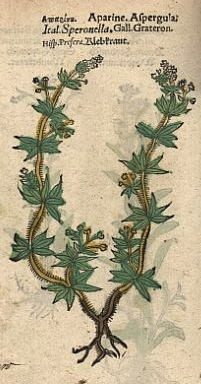
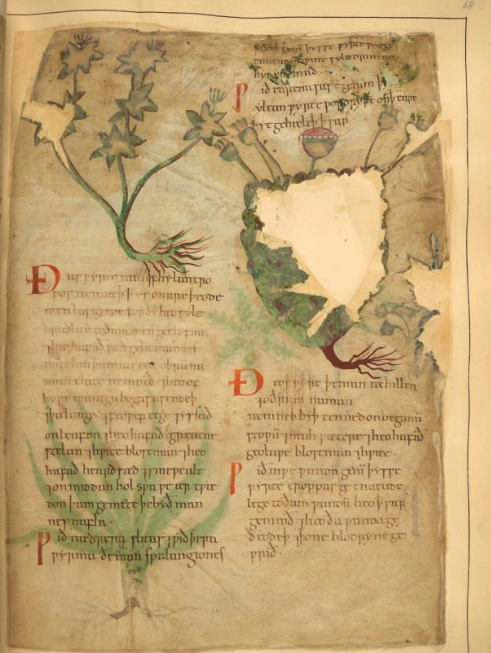

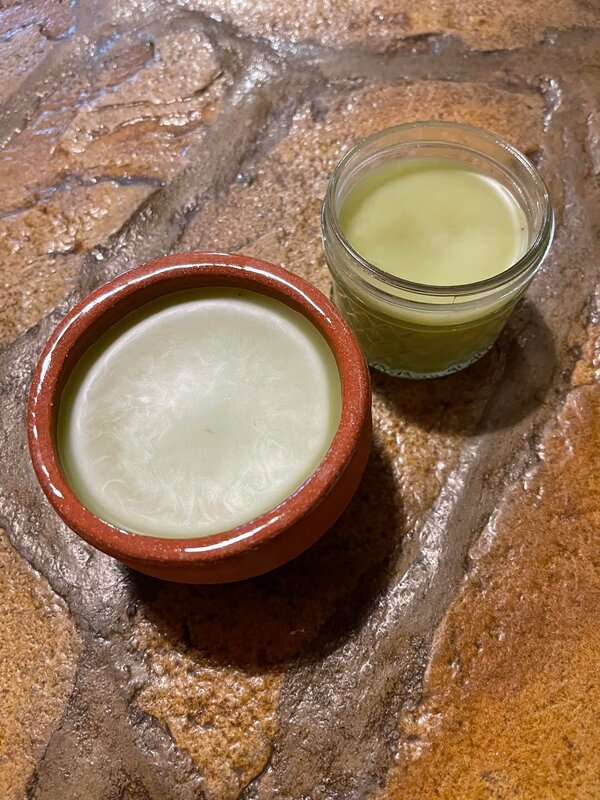
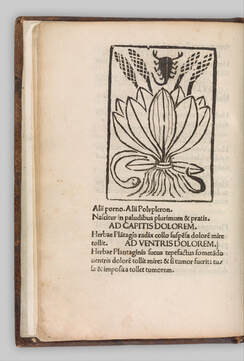
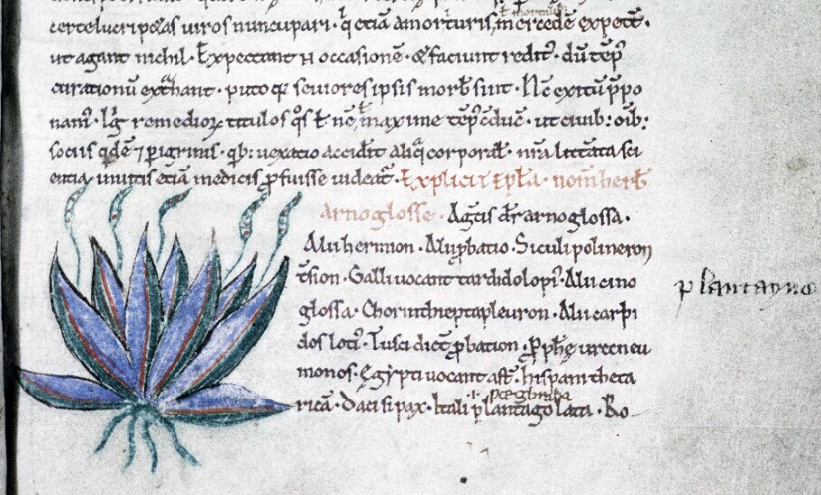
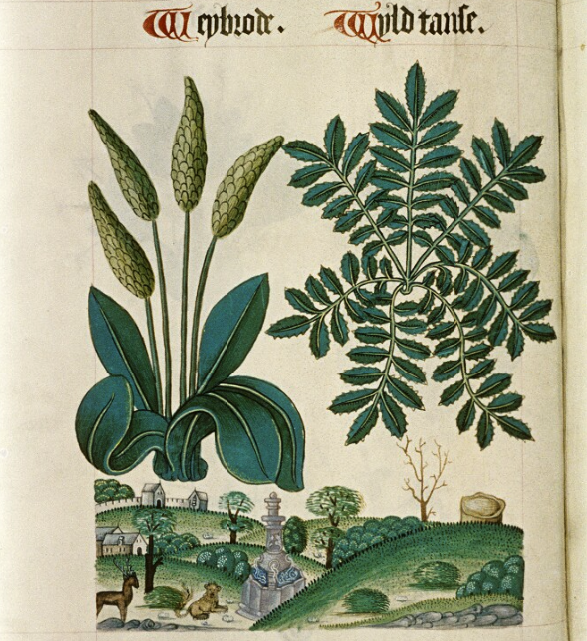
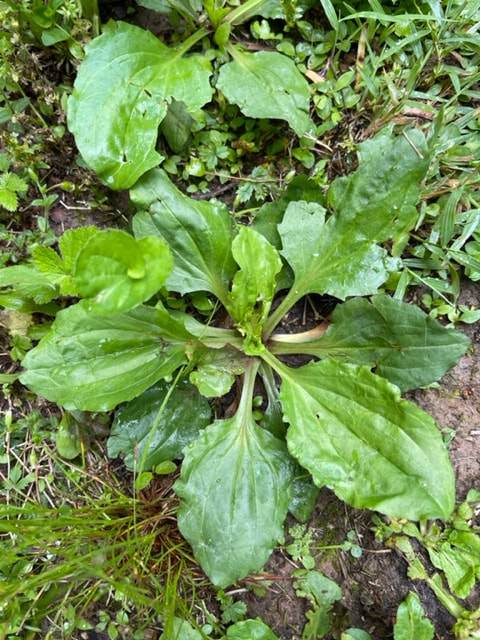
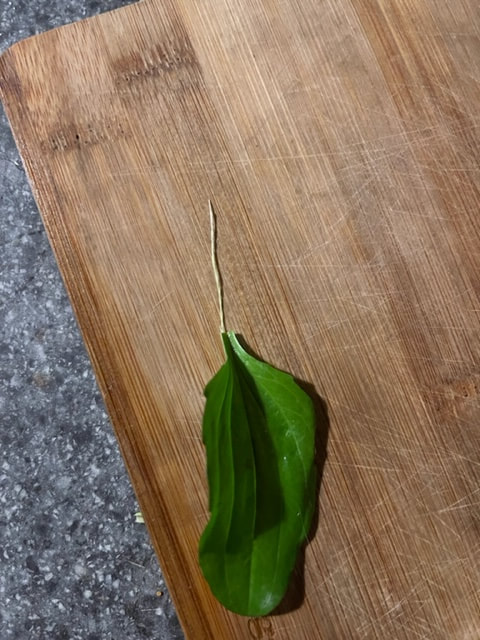
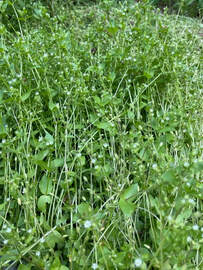
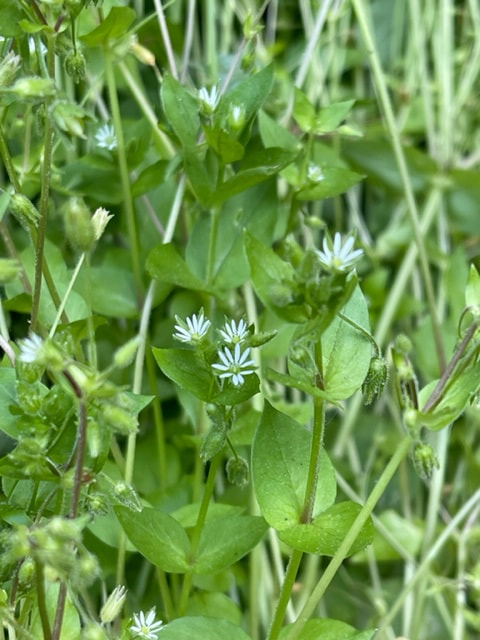
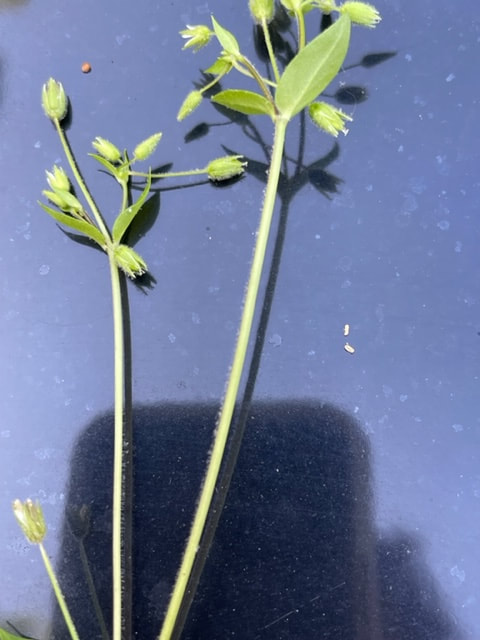
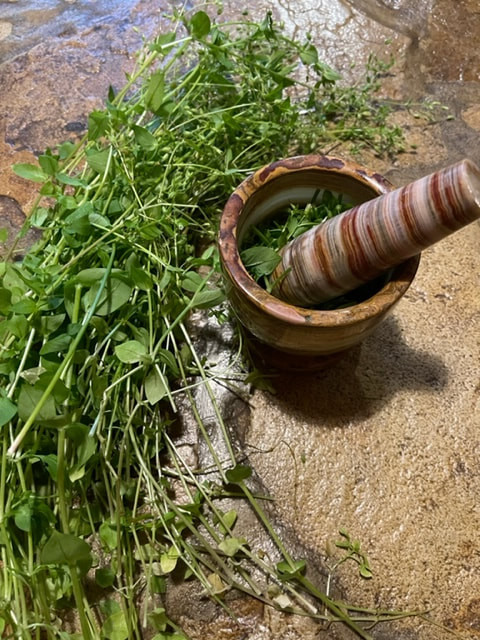
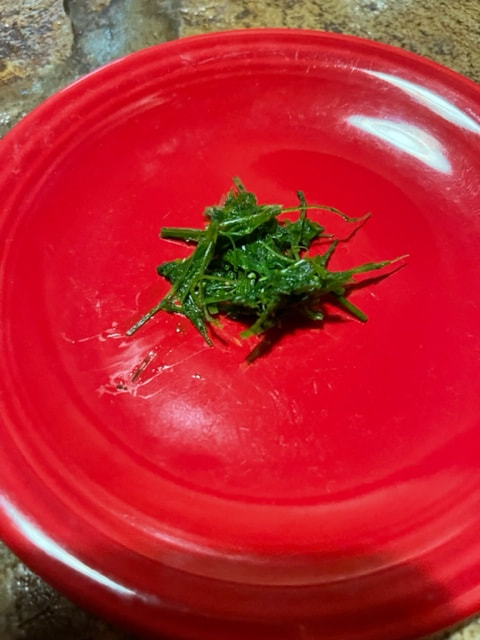
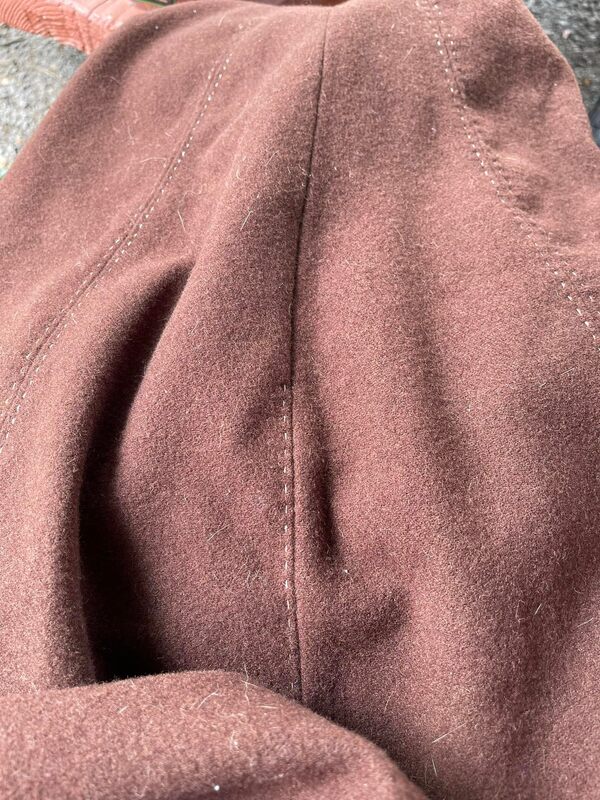
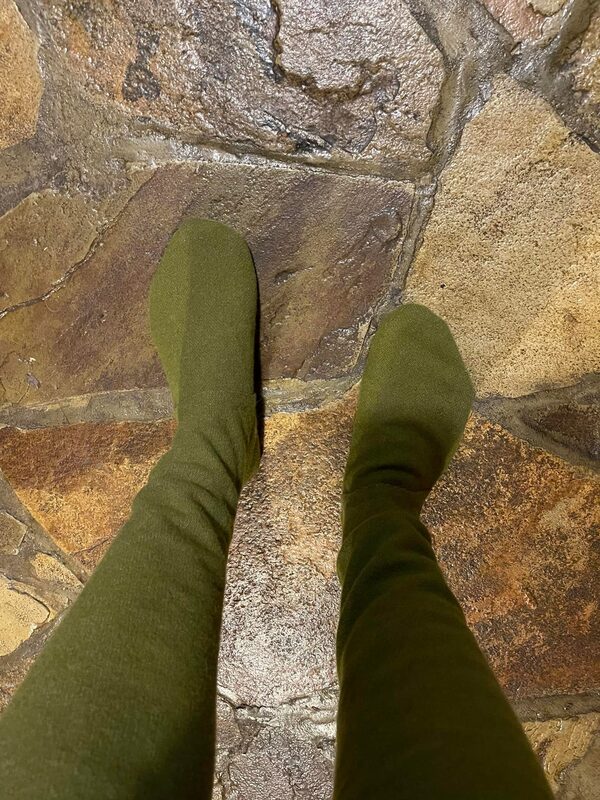
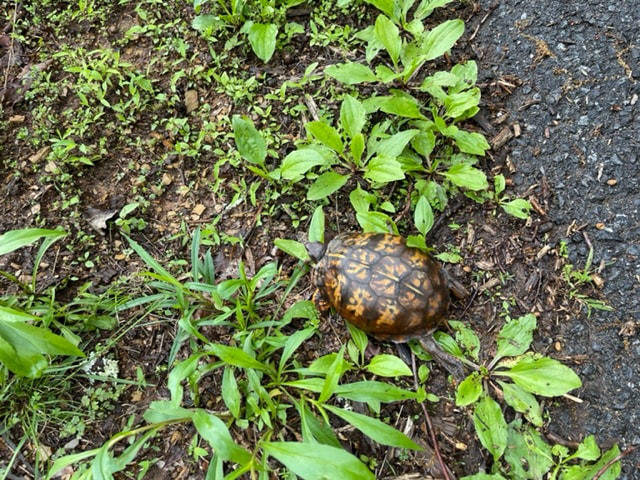
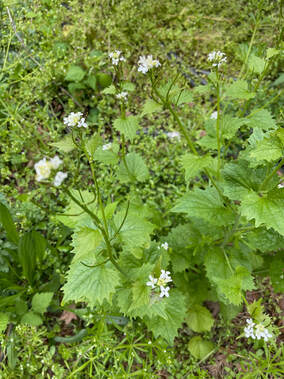
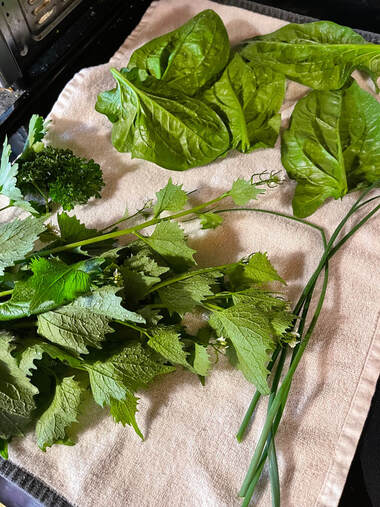

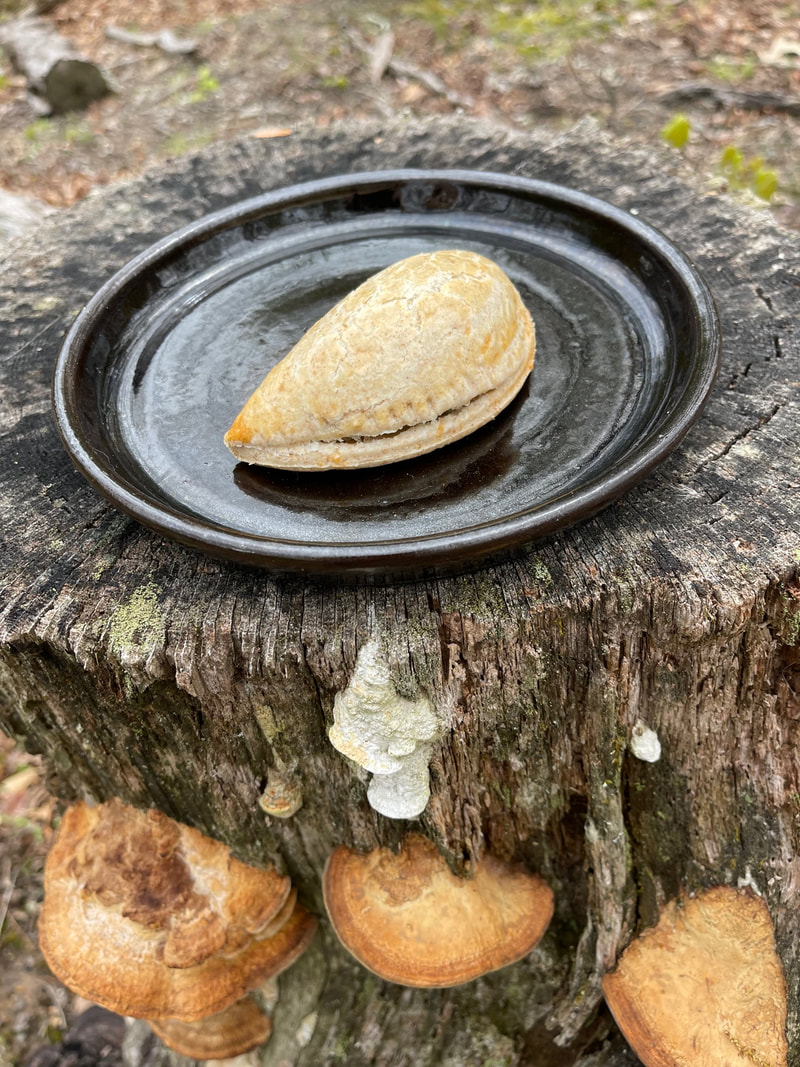
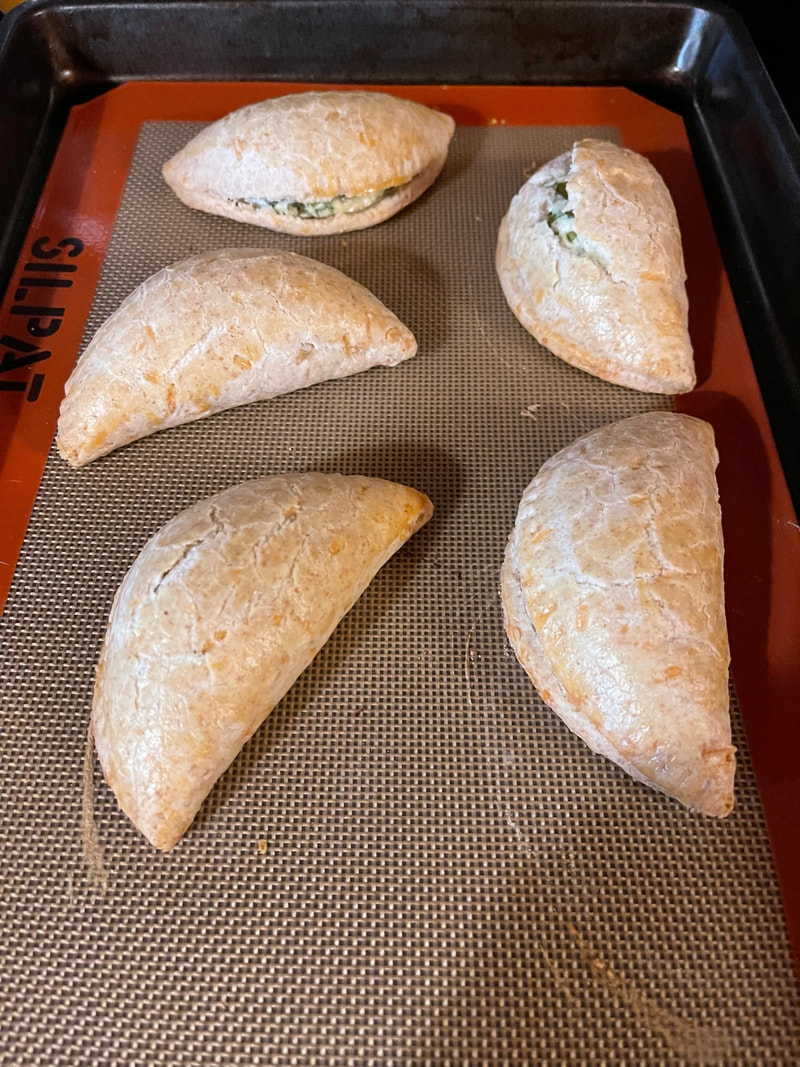
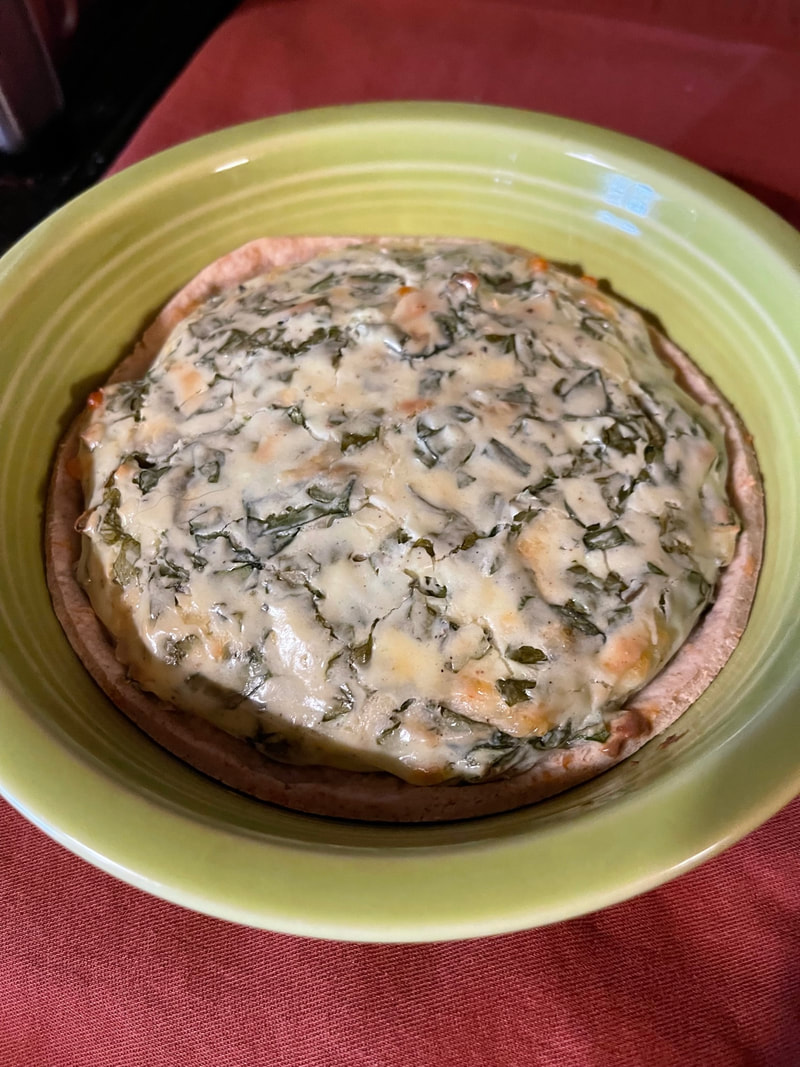
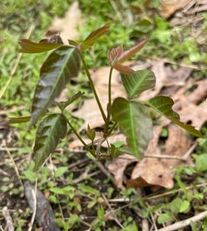


 RSS Feed
RSS Feed